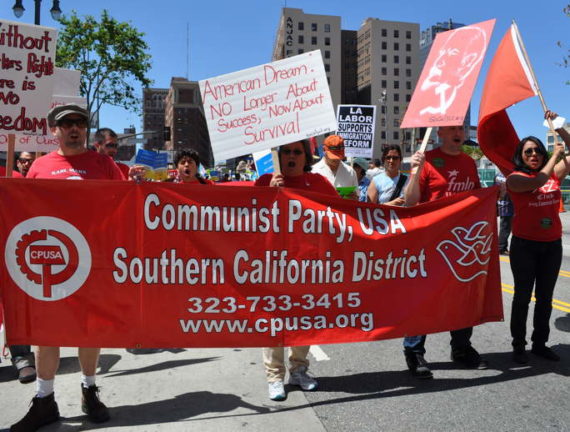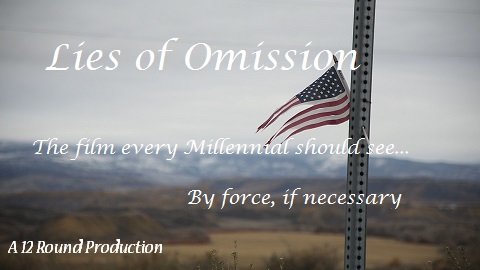The present feverish campaign to remove Confederate monuments and
other symbols which offend certain loud groups in our society began in
earnest back in 2015, after the murder of several black parishioners in a
church in Charleston, South Carolina. But that movement dates back much
longer. Its real origins go back to the 1960s and early 1970s, and the
triumph of a form of what has been called “cultural Marxism” in our
universities and colleges, and a resultant and progressive
transformation of views of American history in our popular culture.
Recall that even into the late 1950s and certainly up until the
“Civil War Centennial” (1960-1965) not only in our popular culture, but
in most of the history taught in our schools and colleges, the South,
and in particular, the Confederacy, were viewed with some respect, if
not sympathy. If slavery was condemned—and not just in the Northern
states, but also by the South—still, in particular, the veterans of the
tragic Confederate military odyssey, were portrayed by Hollywood in such
films as “The Raid” (Van Heflin), “Rocky Mountain” (Errol Flynn) or
“Jesse James” (Henry Fonda, Randolph Scott), as noble and heroic figures
doing their duty. And who can forget such popular television programs
as “The Rebel” (1959-1961, with Nick Adams) or “The Gray Ghost
(1957-1958, with Tod Andrews) with their romantic portrayals of those
soldiers fighting for the “lost cause”




